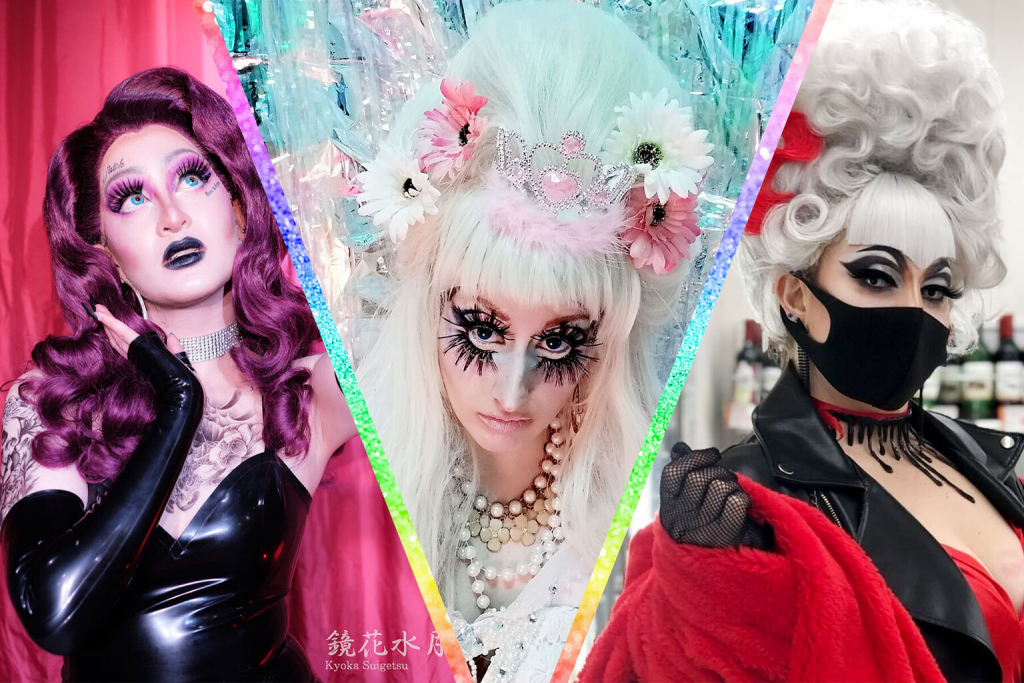Gender, sex, expression and performativity — read enough Judith Butler and you start to feel like a gender Matryoshka doll.
Julia Your-Makeup-Is-Terrible (Julia YMIT) and Miss Leading are two fellow assigned female at birth (AFAB) drag queens I interviewed to talk about the Tokyo scene and misogyny in gay spaces. Both were drawn to drag for its extravagant costumes and intersections with queer culture.
This is your local AFAB nonbinary queen with the weather.
AFAB Queens in the Big World
My first exposure to drag was watching San Francisco’s Fauxnique (Monique Jenkinson) perform a mini-show in front of my freshman class at university. Fauxnique is among the most iconic drag performers in the United States. She was also the first cis-woman drag queen to win a major pageant, taking home the Miss Trannyshack title in 2003 (a pageant since renamed “Mother”). When I myself began performing in 2019 as Le Horla, it was amidst a rich community of cisgender, nonbinary, transfemme and otherwise ‘gender mysterious’ drag performers here in Tokyo. Drag for me has never felt like an exclusive club of men in wigs. (Though the booking practices of the major gay clubs sometimes test my faith).
“We have always been a part of the scene,” says Julia YMIT, a fellow Tokyo performer. “It’s about subverting gender roles and celebrating ultra-femininity, ultra-glam. We aren’t guests to drag, we are drag.”
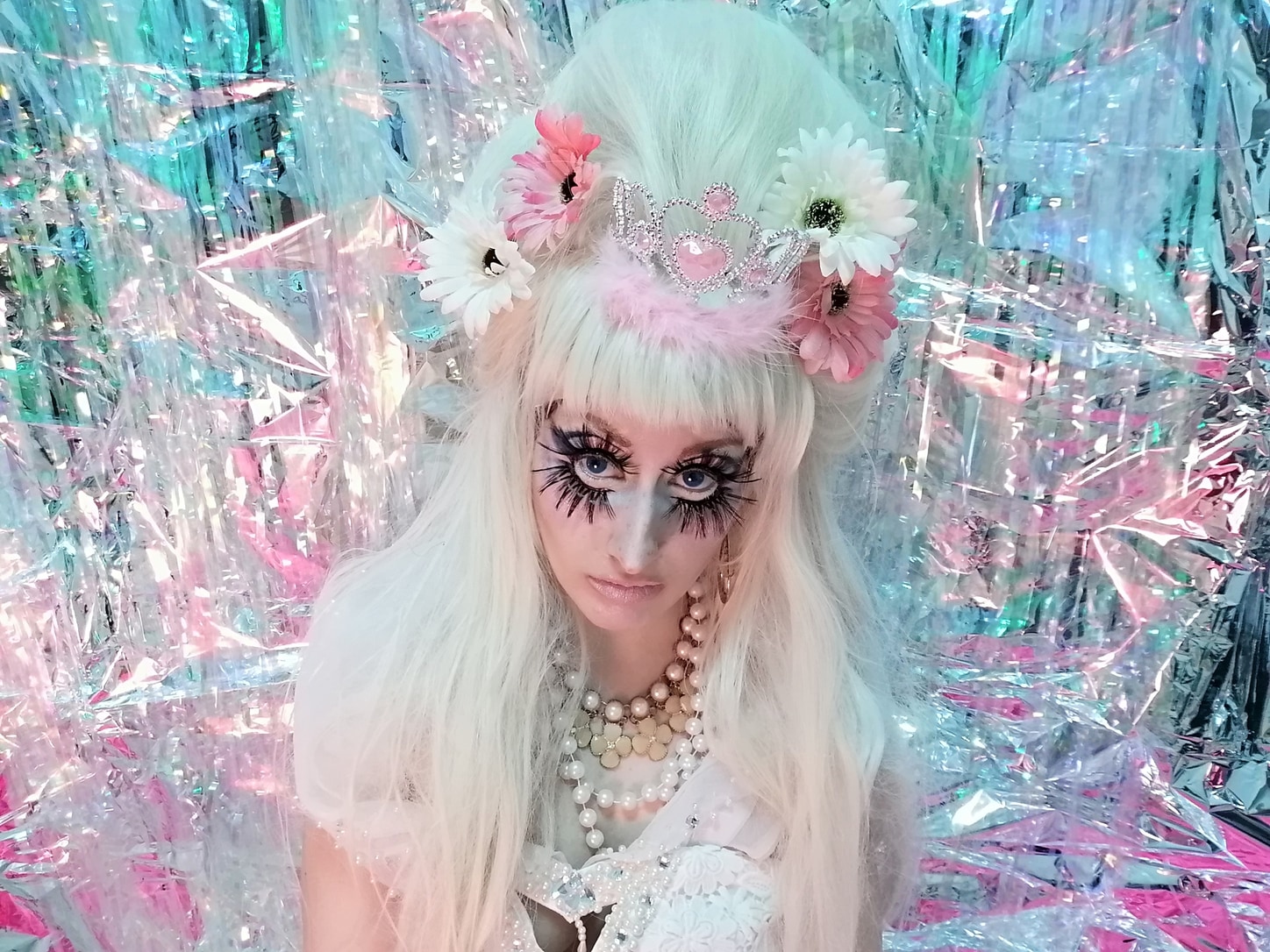
Julia Your-Makeup-Is-Terrible
As drag has become an increasingly popular and profit-based phenomenon, marginalized identities have had to claw their way into the cultural spotlight. Drag Race did not allow transgender women to openly compete until 2017. Titular host RuPaul Charles also garnered flack for remarks discouraging trans and cisgender woman drag queens in 2018. Assigned male at birth (AMAB) trans and nonbinary drag queens have finally gained a place on TV, after years of struggle.
AFABs, however, lag behind in representation. Last year, Drag UK and The Boulet Brother’s Dragula featured Victoria Scone and Sigourney Beaver, their first cisgender woman drag queens (also known as hyper queens or hyper femme queens). After that, the internet storms raged. Plenty of people didn’t get the idea of a hyper queen. This mentality affects real-life show opportunities well beyond Reddit and Twitter.
In a relatively small drag scene like Tokyo’s, well-paid and high-profile bookings are slim pickings for a queen like me.
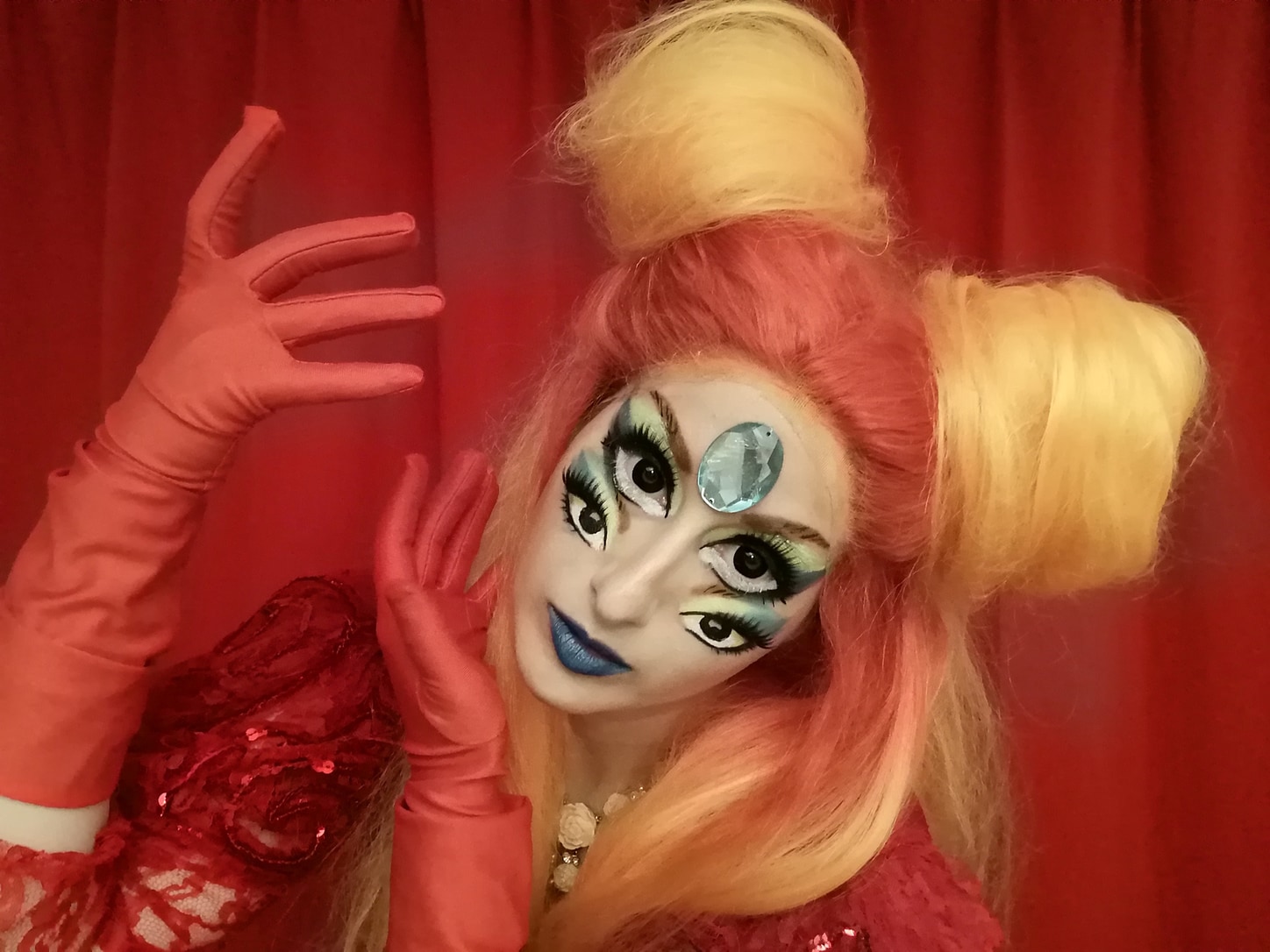
Julia Your-Makeup-Is-Terrible
Julia YMIT
“I have somehow always been in queer spaces. Sometimes without my knowledge,” says Julia YMIT, a Japan resident of over sixteen years. “Since middle school, almost all my friends have been gay or asexual. As for me, I just love extreme feminine fashion and the feminine shape.”
Julia entered drag through her Tokyo Club Kid activities in the mid-2000s. Together with queer artists like DJ Sisen Murasaki, she made a name for herself through music production, singing and elaborate makeup and hair.
“It was almost drag,” she says. “I just needed eyebrows. Then I started watching Drag Race and blocking and redrawing my eyebrows. That’s when I began to think: ‘I am a drag artist.’ I created my character, Julia Your-Makeup-Is-Terrible, as a way of being the most over-the-top version of myself and also challenging myself to be more. Love, hate, beauty and ugliness, I want to show everything.”
Julia YMIT is a founding member of our drag house, the Haus von Schwarz. She’s an incredible representative for cisgender women in Tokyo’s drag scene. Her shows are often technicolor bright, humorous and surreal.
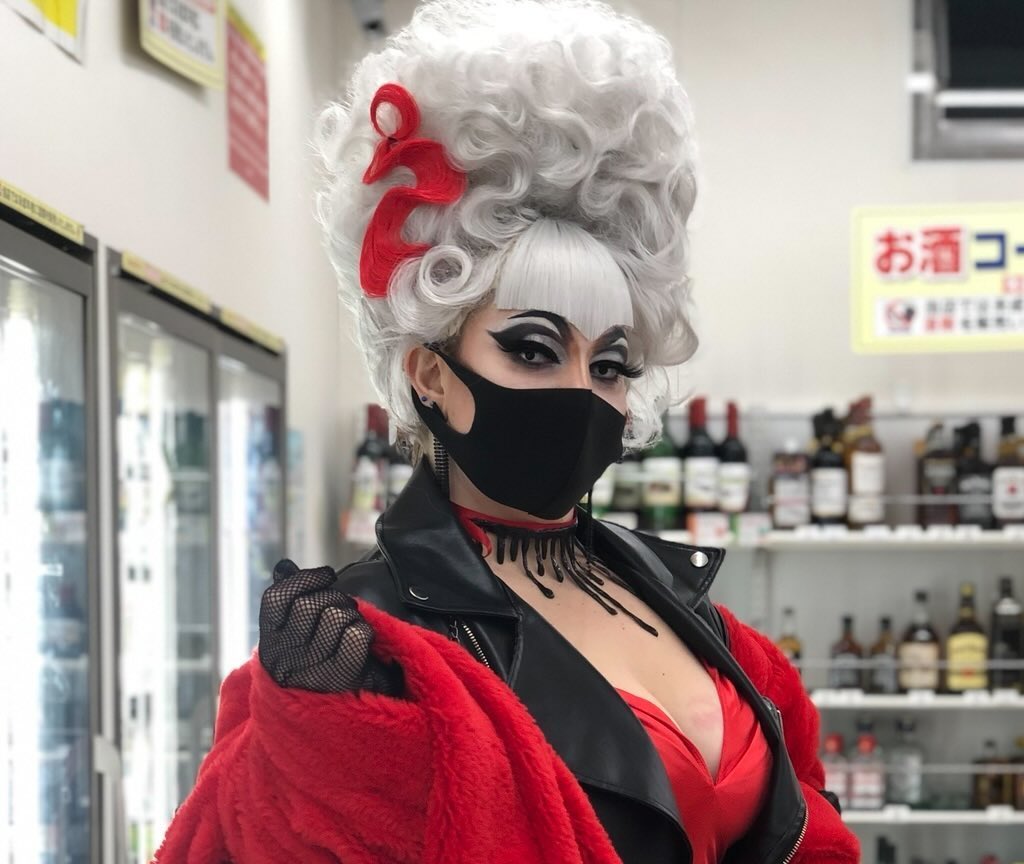
Miss Leading
Miss Leading
Born in Sweden, Miss Leading’s life has taken her all around the globe before she finally settled in Tokyo in 2009. A “drag toddler” still finding her creative side, her journey into drag was more of a slow-burn and family affair. A member of the illustrious Haus of Tonin, Miss Leading became close friends with her future house members nine years ago, eventually marrying house mother Sera Tonin in 2019.
“The drag scene here is tiny really, compared with other places,” Miss Leading says. “But then I watched Sera’s drag career bloom here. It inspired me. I saw all the stress, but also the delivery and the stage show. People in their element. I’ve done theater all my life so drag felt natural.”
Like Julia YMIT, Miss Leading had watched Drag Race for years and began dabbling in drag together with Tonin. Despite only being a year old, Miss Leading has a polished and flamboyant presentation, with a well-beat mug and massive, coiffed wigs. During our interview, she wears one of Tonin’s projects: a curled, teased and rhinestone pink creation.
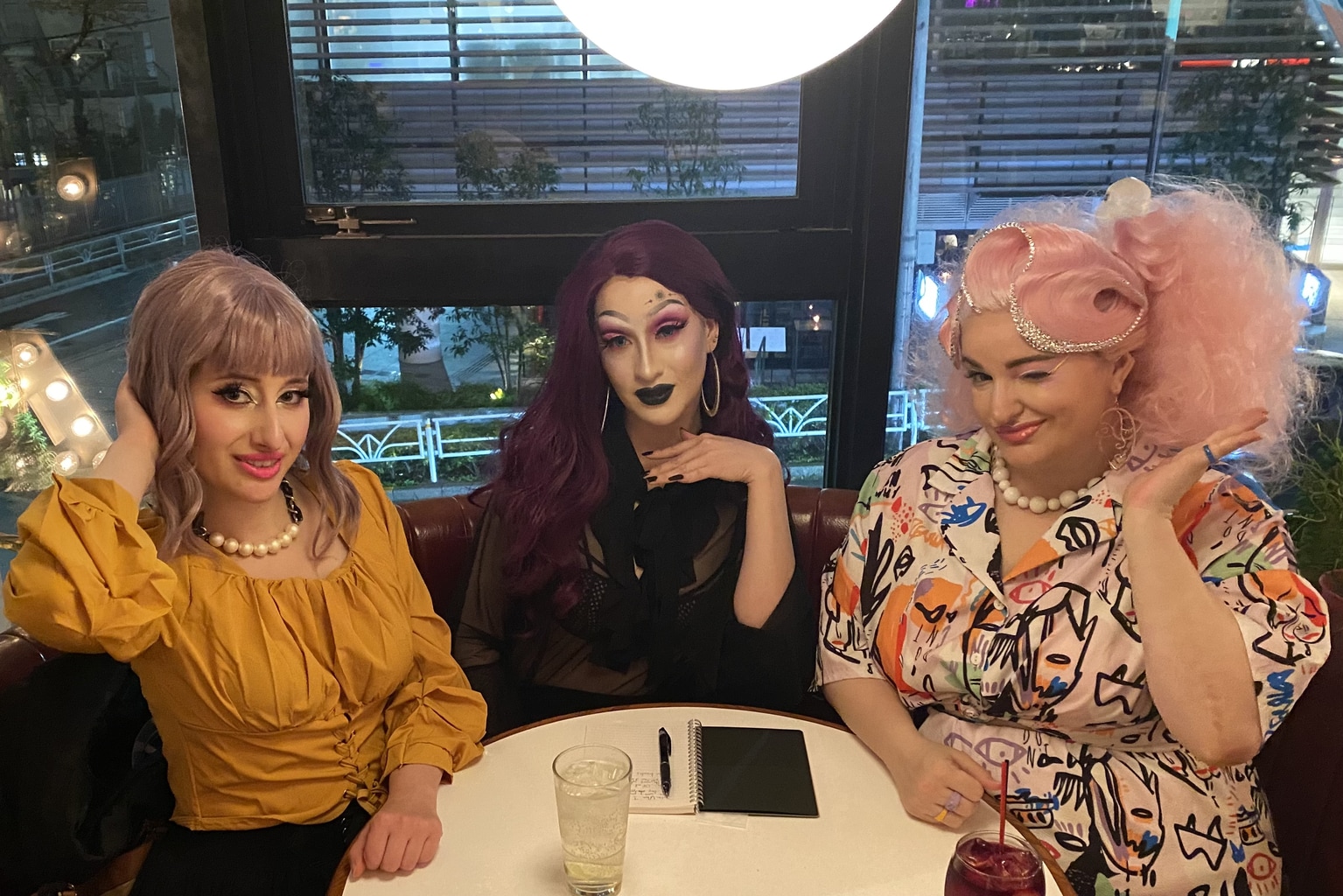
Julia YMIT, Le Horla and Miss Leading
In Miss Leading’s most recent show, she combined elements of drag king and queen, donning a turban and beard and setting up shop in a Zoltar fortune-telling booth. She then broke free from the booth and performed a lip-sync to St. Vincent’s “Fear The Future” in what I can only describe as big, lesbian mojo.
“I don’t want to limit my type of drag to just drag queen or king,” she says. “I’m pansexual. I’m also unsure about my gender and often feel like it’s just a gray zone. I wasn’t even aware that I was ‘assigned a girl’ really until puberty. So, drag is a way for me to play with gender through a character. In some ways, I feel I’m better at doing characters than myself.
“You’re always wearing a mask, but you can make the mask show whatever you want. You can be the truest version of yourself.”
Together with fellow Tonin Haus members, Miss Leading performs at and hosts Dragmania nights at the popular gay bar Eagle Tokyo Blue. Operating in mainstream gay spaces, Miss Leading helps to bring hyper queen representation to Shinjuku Ni-chome.
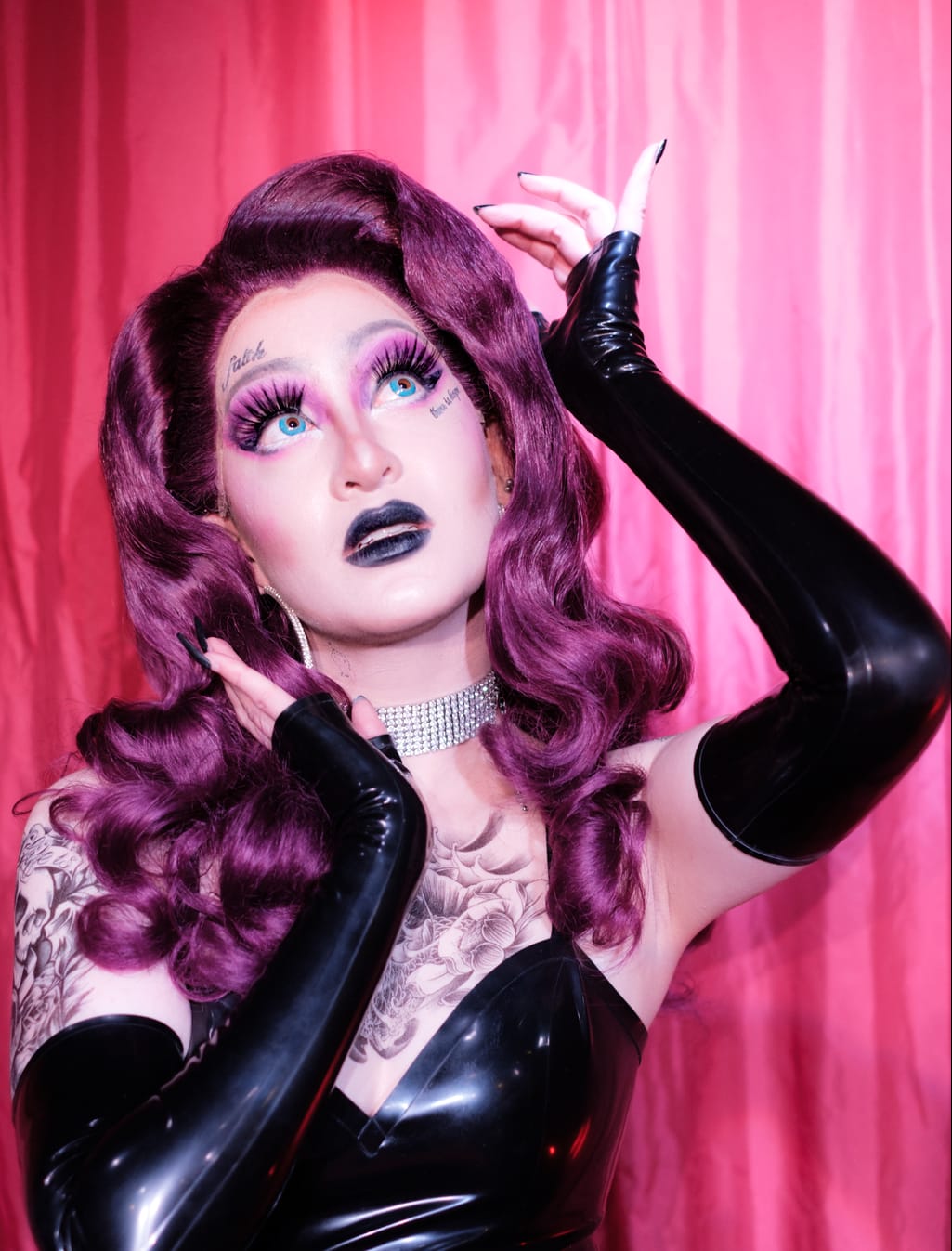
Le Horla, photo by Alejandro Morales Rama
Misogyny and Profit Margins
While diverse sexes and genders have always existed in drag, the boom of the drag industry has rendered much of this diversity invisible. With the wild popularity and influence of reality TV programs like Drag Race, drag has become a multi-million-dollar industry for both production companies and imitation shows. And while it’s exciting to see such a treasure trove of performers, it has also incentivized local shows to crowd the weird drag or atypical queens out. Some performers are more profitable than others. And AFAB queens often have to work twice as hard to become as profitable.
“I didn’t feel like I wanted to start my drag here at first, because of the prejudice,” Miss Leading says. “Most of the queens in Tokyo are gay men. And very guarded, despite the importance of female icons in the culture. Unless you’ve already made a name for yourself, if you don’t fit the type the Tokyo drag scene is looking for, you’re unlikely to be booked for lots of different events.”
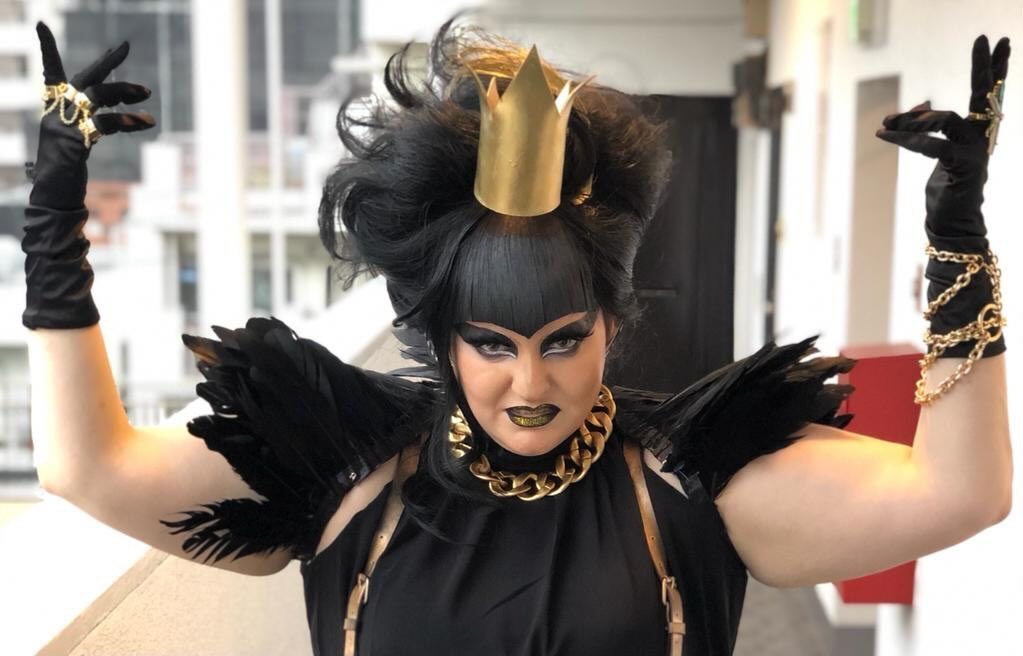
Miss Leading
“There’s a big element to viewing drag queens as sexualized objects too,” Julia YMIT adds. She notes that the average age of reality show contestants is getting younger and younger. “Ultimately, sex sells. They’ll go with someone who can be sexy, in drag and out, especially for gay male audiences.” Cisgender women, transgender women and transmasculine folks who don’t pass are less marketable.
One sentiment all three of us agreed on was that we felt we had to perform at 110 percent at all times or risk losing recognition as queer performers. One of my greatest frustrations is being seen as merely a “fangirl in a wig” or a “fag hag.” As many with dysphoria or dysmorphia can relate, it becomes exhausting to be snubbed based on our sex or bodies rather than the art we bring to the table.
For every organizer who turns out to be a dud, however, there is a friend and supportive ally. Our own hauses, Schwarz and Tonin, are tight-knit crews of different drag styles and gender identities. And many of Tokyo’s major drag queens and event organizers, like Labianna Joroe and Gyoza Tonin, go out of their way to help AFAB queens find new opportunities.
“Tom (Tonin) organizes Dragmania nights,” Miss Leading says. “And he’s always trying to mix it up with the queens and bring in something new.”
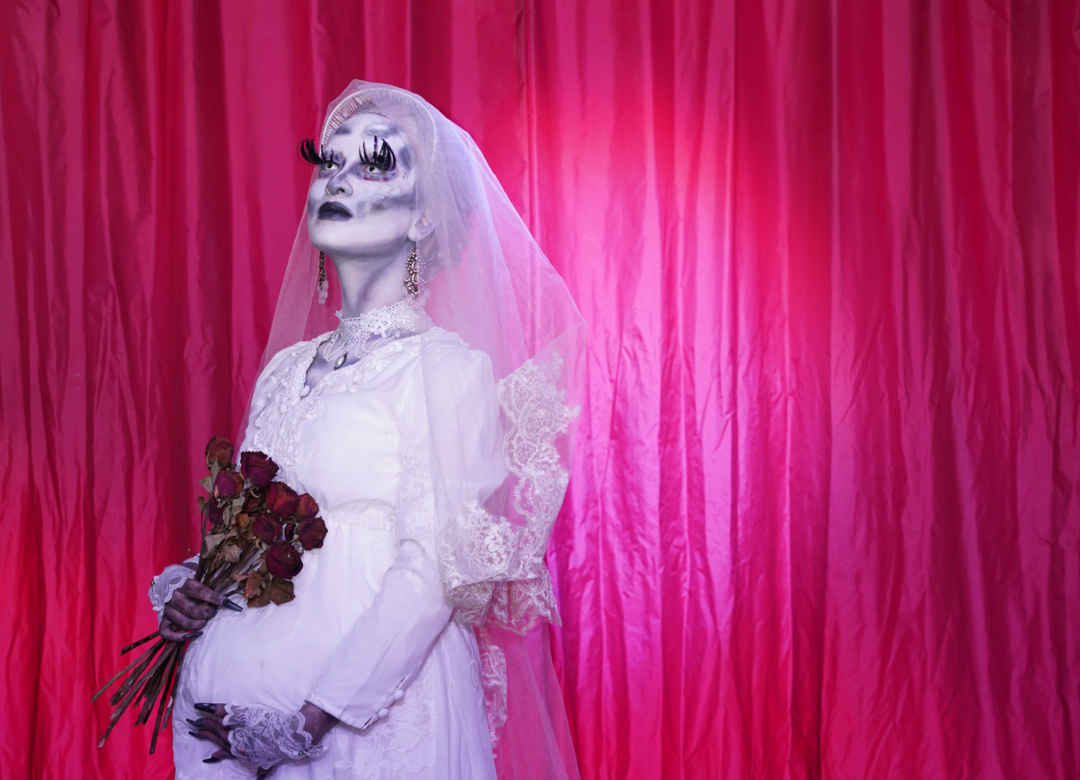
Le Horla
Queer Kin Overseas
One of the best aspects of joining drag has been the community — abroad as well as at home. Branding yourself a drag queen or king often feels like joining a special hidden society. And through it, I came into contact with people in other countries whom I would never have met otherwise. While the Covid-19 pandemic has been devastating to the local bars and live performance opportunities, it also motivated many of us to turn to online streams and video compilations. Haus of Schwarz has collaborated with queer talent such as Canadian Two-Spirit queen and king Eddi Licious, British nonbinary ‘draglesque’ queen Eileen Bothways and American high femme drag queen Franzia Rosé.
While many of my AFAB friends in the scene I’ve spoken to have experienced discrimination, they’ve all found ways to thrive and carve a place in their local drag community: opening drag houses, booking shows, producing music videos and photoshoots. 2021 was an excellent year not just for the atypical queens on television but queer artists around the world.
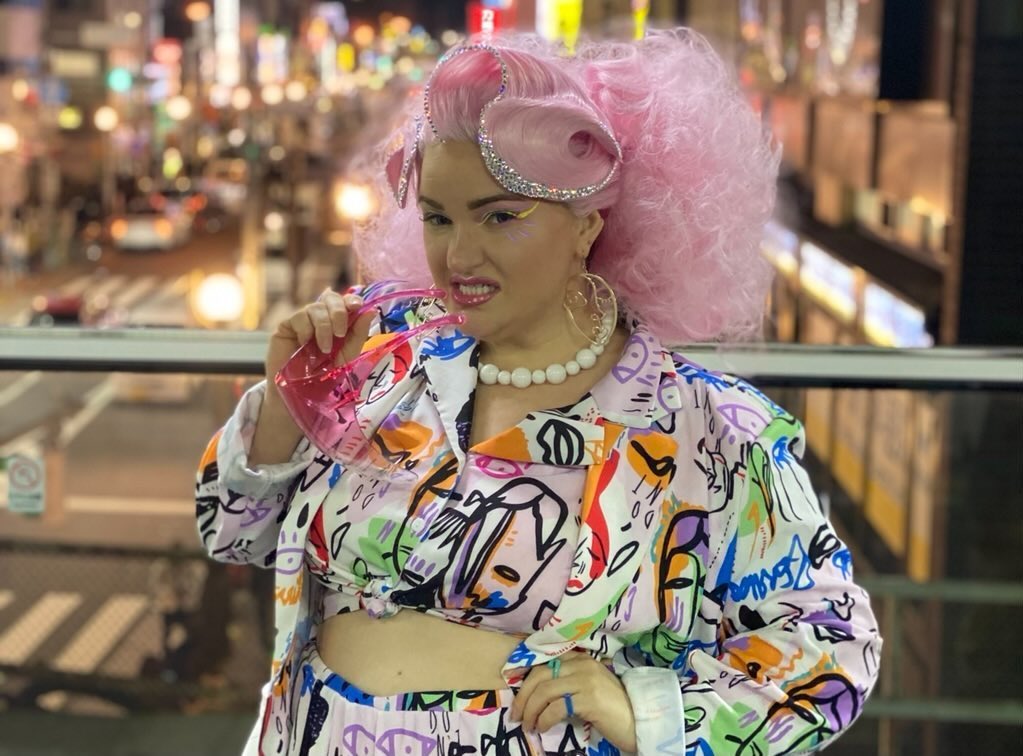
Miss Leading
We are, ultimately, all members of a marginalized community. It is through networks we forge across countries that enrich us and make our art sustainable. These spaces exist because we created them and because we choose to celebrate one another. As queer spaces break down boundaries, biology becomes increasingly irrelevant.
“I wish our community would come together more,” Julia YMIT says. “We should be able to perform and participate in all these spaces and feel safe and accepted. We’re all drag queens. We shouldn’t discriminate against ourselves.”
Miss Leading agrees. “We should look at other types of drag for inspiration and for appreciation, rather than dismissing it. I hope for future drag world peace. Stop seeing things in black and white and start embracing the rainbow.”

